In short, bamboo is generally lighter and more flexible than maple while maple is stiffer but lasts a little longer.
This means aside from being more fun to push around, bamboo is more comfortable for freeride and downhill. On the other hand, Maple is more responsive and stable that suits cruising and carving.
A quick look at bamboo and maple as longboard materials
Wood is the traditional raw material for manufacturing longboard decks. But not every kind of wood delivers the same level of performance and reliability.
The simple and elegant bamboo longboards have strong fibers, built with multiple layers of bamboo veneers. Other materials like maple wood and fiberglass are also often used to manufacture bamboo decks.
However, maple is the most popular type of wood used in a longboard as it is stiff, stable, and long-lasting. Maple is also resilient, which means it can manage lots of wear and tear.
Bamboo vs Maple Longboard: How Do They Differ?
Riding styles
Bamboo longboards are ideal for cruising and dancing since they’re more flexible and can easily absorb more of the toughness on the road.
On the other hand, Maple is better for downhill and freeride as it is stiffer and less flexible. It’s also better for doing tricks as it allows the rider to have more control.
Strength
Much sturdier than bamboo, maple decks can withstand daily grinds and major abuse with ease.
Durability
Both are durable but unlike bamboo, maple boards can be glued and clamped back together – an added bonus.
But bamboo – paired with fiberglass – offers energetic and lively flex without compromising the board’s structural integrity.
If you push or carry your board a lot then bamboo is good but maple does better in case you kickflip your board or ride off curbs.
Flexibility
Since bamboo is thin and less woody, these boards are highly flexible and easier to bend. They distribute shocks throughout the body, which makes them better for handling difficult terrains and overcoming sharp turns with ease.
On the other hand, Maple boards absorb all the impact when hit; ending up in a snap as a result.
Weight
A heavier longboard is more difficult for a beginner to try, which means bamboo suits the new skaters best.
Bamboo decks are lighter because they contain several plys of just bamboo or other lightweight materials (e.g. fiberglass).
Weight Capacity
Bamboo longboards can accommodate around 220 lbs (100 kg), whereas the more rigid and robust maple longboards have a whopping weight capacity of around 330 lbs (150 kg).
Costs
Maple longboards cost a little more than their bamboo counterparts since they are more robust and durable.
Eco friendliness
Bamboos are the fastest growing plants in the world that need approx. 5-7 years to fully mature while a maple tree takes much more time to grow; i.e., 10-30 years.
This means cutting maple trees for manufacturing longboards inflicts huge damage to the environment. So, there’s no doubt that bamboo decks are more environmentally-friendly.
Maple vs Bamboo Longboard: Which One’s Better?
It’s pretty tough to choose between these two longboard materials. Both are good options and are actually a trade-off between weight and durability.
So, choosing one of them totally depends on your personal preference, skating skills, and style.
FAQs
1. Does a bamboo longboard bend low to the ground?
Ans: Bamboo longboards are quite flexible and can bend low to the ground to absorb the impact while riding over uneven surfaces.
2. Bamboo vs maple longboards: Which one’s ideal for beginners?
Ans: Bamboo is beginner-friendly as it’s pretty lightweight, flexible, and can absorb shocks much better when compared to maple decks.
3. Bamboo vs maple longboards: Which one is best for racing?
Ans: The more rigid, stable, and non-flexible maple longboard gives the skater more control over their board; making it a better choice for going fast.

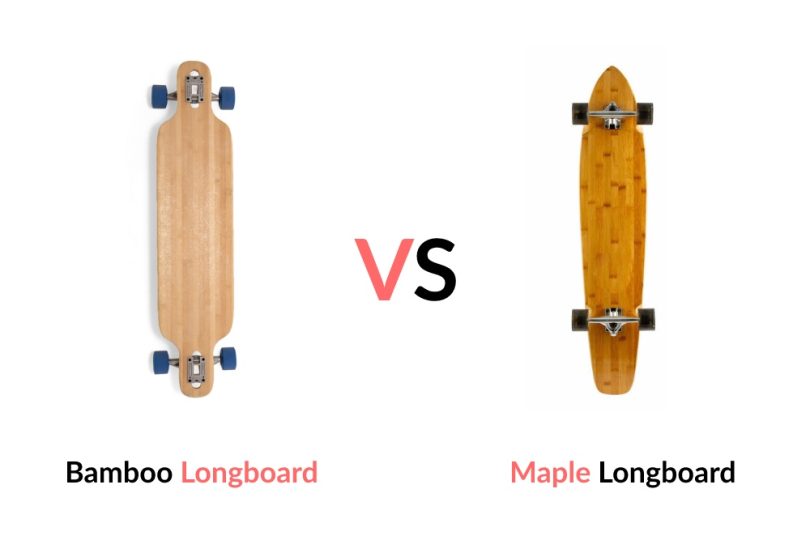
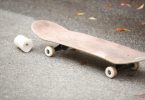
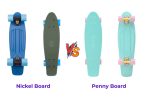
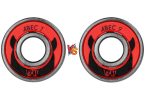


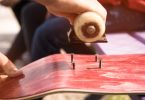

Leave a Comment